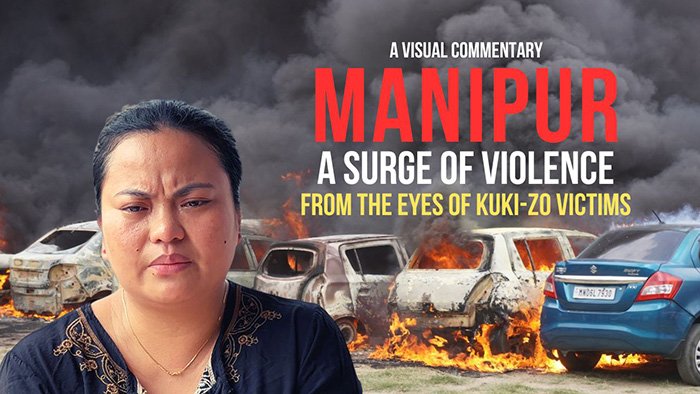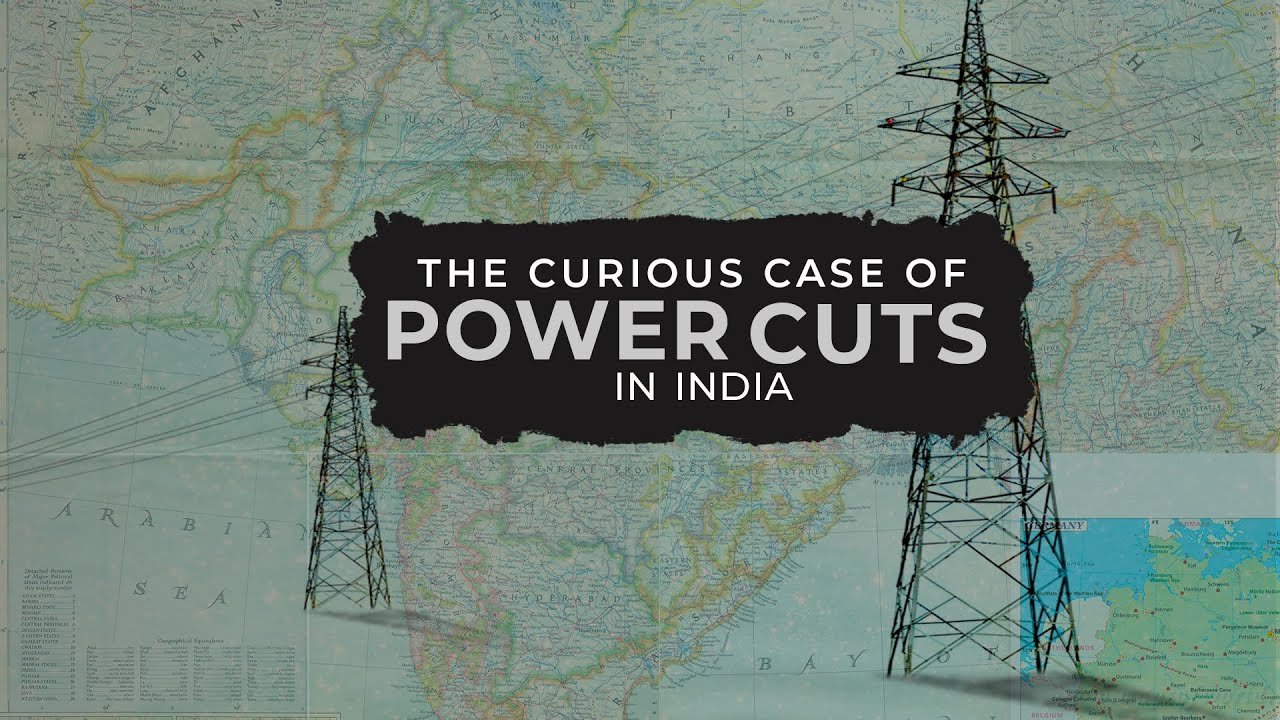
Are Assam’s Floods Natural or Man-Made?
To find out whether the floods that Assam faces every year are natural or man-made, Newsreel Asia producer Tej Bahadur Singh travels to Lakhimpur district, one of the worst-hit by floods. He meets a 47-year-old Toramai Pawe, an ASHA worker and daily wage laborer, in Assam’s Pahumara Ahom village, who has lived for decades, raising her children in a modest home built through years of toil. In May 2025, a sudden flood, triggered by water released without warning from the Ranganadi Dam, swept through her village. Her husband, Biren, drowned just steps from their home, leaving Toramai in grief and despair. Their crops, belongings, and vital documents were washed away, joining the losses of countless others in their community. Across Assam, floods this year have affected 6.3 lakh people in 22 districts, claiming 26 lives and damaging 12,610 hectares of cropland.
To find out whether the floods that Assam faces every year are natural or man-made, Newsreel Asia producer Tej Bahadur Singh travels to Lakhimpur district, one of the worst-hit by floods. He meets a 47-year-old Toramai Pawe, an ASHA worker and daily wage laborer, in Assam’s Pahumara Ahom village, who has lived for decades, raising her children in a modest home built through years of toil. In May 2025, a sudden flood, triggered by water released without warning from the Ranganadi Dam, swept through her village. Her husband, Biren, drowned just steps from their home, leaving Toramai in grief and despair. Their crops, belongings, and vital documents were washed away, joining the losses of countless others in their community. Across Assam, floods this year have affected 6.3 lakh people in 22 districts, claiming 26 lives and damaging 12,610 hectares of cropland. For decades, Assam’s floodplains have been both a source of life and loss, with an average of 2.6 million people impacted annually. Districts like Lakhimpur and Dhemaji, downstream of the Ranganadi Dam, face devastating flash floods caused by sudden water releases from NEEPCO’s hydroelectric projects. These man-made disasters, compounded by a lack of early warnings and inadequate research, have turned fertile lands into zones of destruction. Families like Toramai’s lose not only their homes and livelihoods but also their sense of security. As infrastructure controls rivers without regard for communities, the floods in Assam reveal a deeper crisis—one where nature’s cycles are worsened by human hands, leaving millions to rebuild from nothing.

SIKKIM’S LOST SPRINGS - A Story of Water Scarcity and Survival
Sikkim, despite being rich in rivers, is facing a severe water crisis. In South Sikkim, where rainfall has dropped sharply, villagers like Durga have stepped in to fill the gaps left by failing systems. Once a farmer, he now works as an unpaid “barefoot engineer,” keeping water flowing when infrastructure cannot. This is the untold story of survival in the hills.

Food Insecurity of Odisha’s Uprooted Tribes
Mohanty Soren and Telenga Hasa, belonging to the Ho and Munda tribes, once lived in a region at the heart of the Simlipal Tiger Reserve in Odisha’s Mayurbhanj district. Just three years ago, their lives revolved around cultivation, surrounded by dense forest. Now, after being forced to vacate his land, Hasa lives 180 KM apart. Each time he returns to visit Soren in his former village, he is overcome with reflection and sorrow.

Jharkhand: Empty Plates, Silent Deaths
Bhukhal Ghasi, a 50-year-old laborer from Bokaro district in Jharkhand, had a family of seven to support. Amidst existing poverty and food scarcity, he struggled to find work. The situation worsened when he died of hunger in March 2020. Tragically, Bhukhal’s family faced another loss just a few months later. Jharkhand is the lowest-performing state in India’s ‘Zero Hunger Goal’ of SDGs, accounting for 33 of the 99 starvation deaths between 2015 and 2020. The state’s negligence left Bhukhal waiting for months to receive a ration card.

DEATH IN A RELIEF CAMP | The Impacts of Prolonged Displacement in Manipur
Neikochin is among the 67,000 individuals displaced by ethnic violence in Lamka, as local residents of Manipur's Churachandpur district prefer to call this region. A member of the minority Kuki-Zo tribe, she has taken refuge in one of the 115 relief camps established across the district. Basic supplies are available in the camps, but the extended displacement, combined with minimal government aid, has inflicted significant emotional and physical suffering. This crisis has resulted in the deaths of more than 100 displaced individuals, including many children. Neikochin’s 20-year-old son, Haovingly, was among those who died.

MANIPUR | A Surge of Violence
Kai Neu, a nurse, and Thanghoulal, a driver, represent many from the Kuki-Zomi tribes who have suffered ceaseless violence since May 3, 2023, in Manipur, a state in Northeast India. They inhabit Churachandpur district, which remained inaccessible with no Internet connectivity either.

THE CURIOUS CASE OF POWER CUTS
Can We Get Rid of Power Cuts in India? Despite being a power “surplus” country, India has many parts that experience power cuts. India adds to its generating capacity every year but the effort appears to be futile. Most of the generated power gets lost during transmission. Such losses, inefficient bill collection and power thefts are among the contributing factors behind power cuts.
